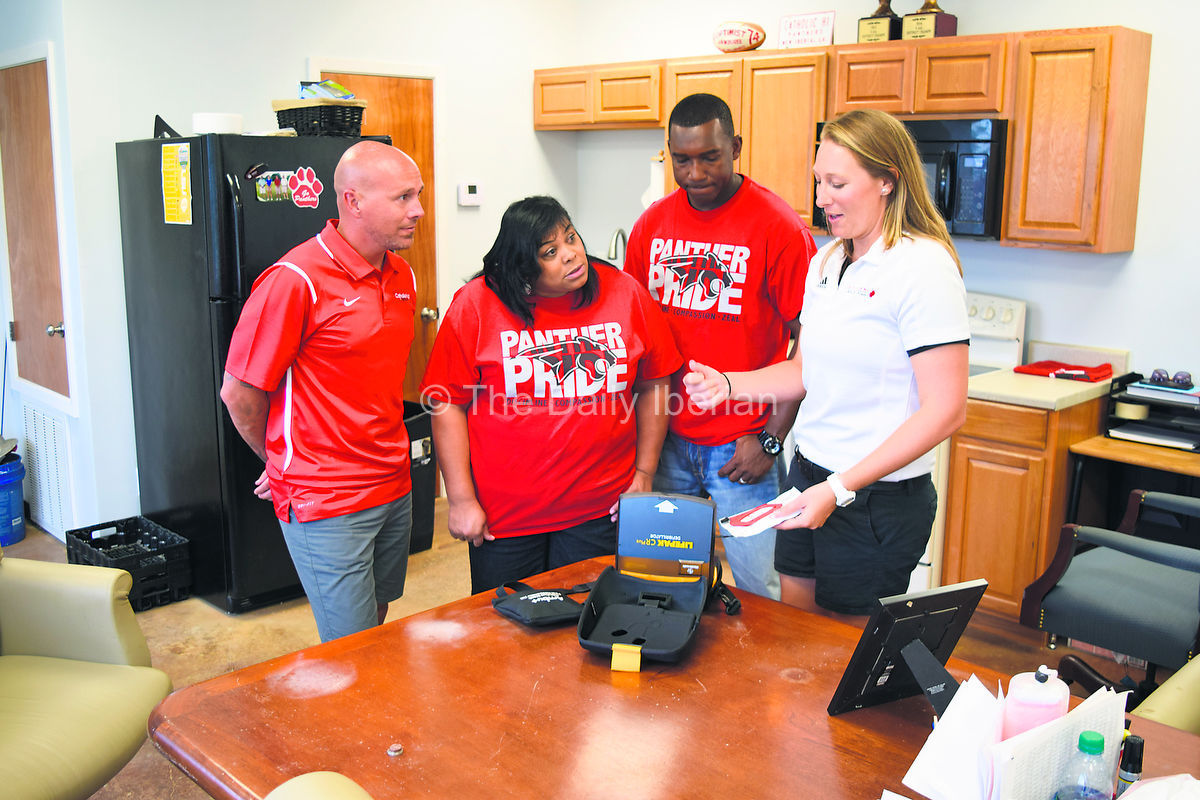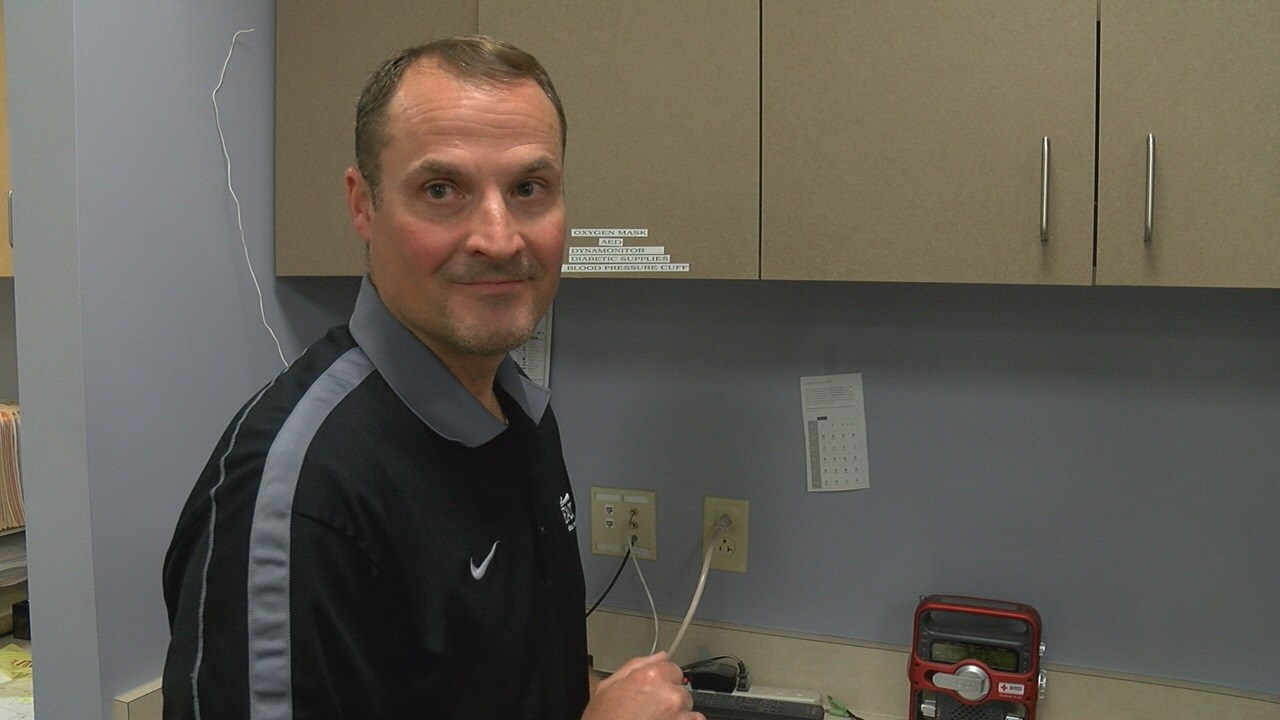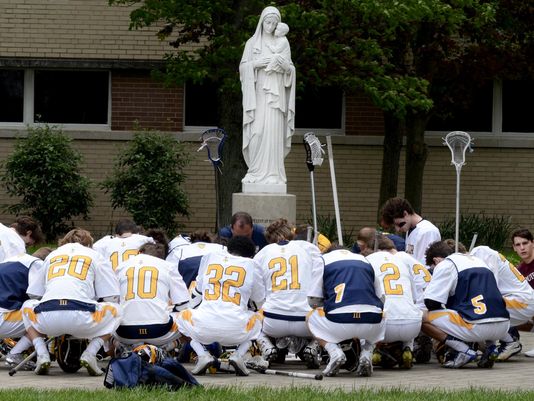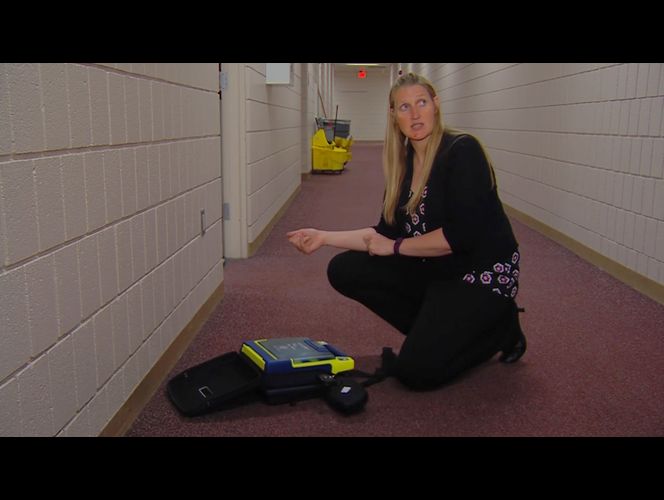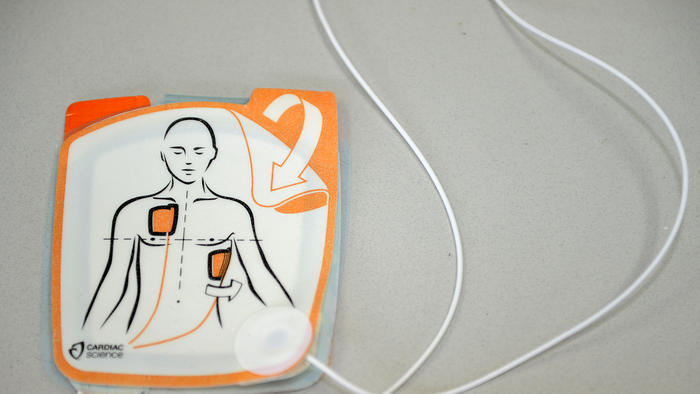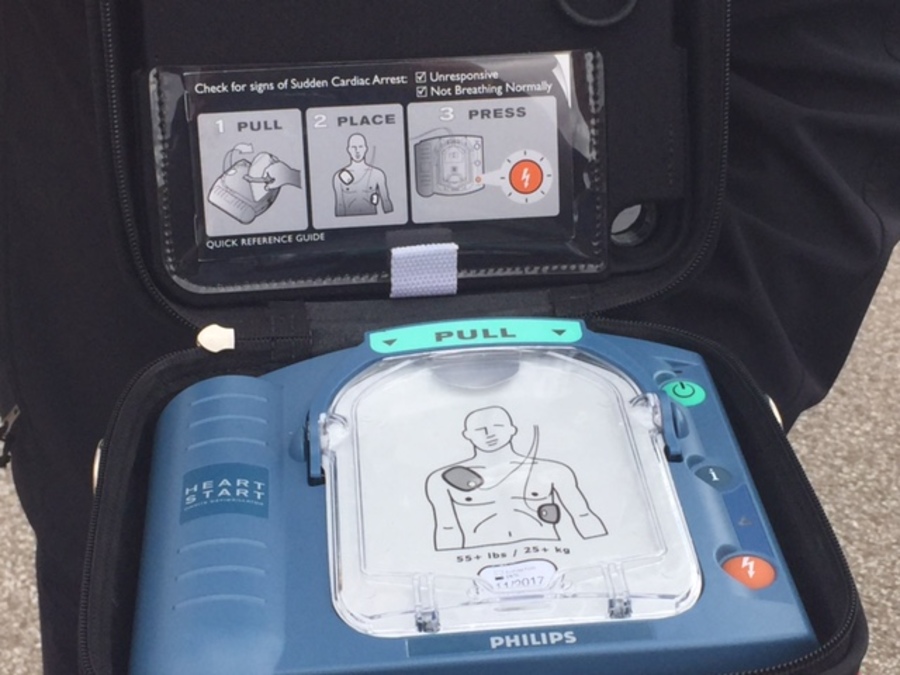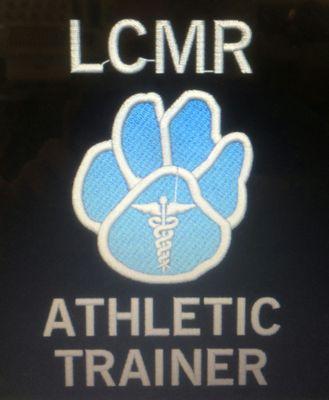
Article reposted from Shore News Today
Author: Brian Cunniff
Frank Zilinek completed his first full scholastic year as the certified athletic trainer at Lower Cape May Regional High School in June.
Zilinek had much more to deal with than just bumps, bruises, strains and sprains in his first year.
Five separate cardiac health incidents among the school’s student-athlete population gave him a serious initiation into his job. Although Zilinek said all five affected athletes have ended up OK, the experiences left him wondering if something could be done to prevent such incidents from occurring in the first place.
Enter Wimbledon Health Partners, a Boca Raton, Fla., based company that specializes in, according to its website, on-site comprehensive cardiovascular testing to high schools, colleges and universities across the country to help minimize sudden death among young athletes. The company’s website says sudden cardiac arrest is the leading medical cause of death among young athletes today.
Lower Cape May will become just the second New Jersey high school to bring Wimbledon Health Partners to its campus. Wimbledon will conduct voluntary cardiac testing for Lower Cape May Regional student athletes this Saturday, July 30, from 8 a.m. through 4:30 p.m. in the high school gymnasium.
“We seem to be seeing more and more sudden cardiac death in athletes, especially in recent years, across the country in all sports,” Zilinek said. “For us to have five cardiac incidents in one year, you realize how important this is and you start to think you really want to do something to prevent them.”
As of early this week, Zilinek said about 20 to 25 student-athletes had signed up to undergo cardiac testing this Saturday. The tests are open to athletes at both the high school and the Richard M. Teitelman Junior High School. Zilinek said a team from Wimbledon Health Partners, including a cardiologist, will be on hand to conduct three tests on each athlete – an electrocardiogram, an echocardiogram and a vascular Doppler Ultrasound.
According to Wimbledon’s website, those tests will help the health professionals identify numerous life-threatening cardiovascular conditions, including hypertrophic cardiomyopathy and congenital coronary artery anomalies, which make up the top two causes of sudden cardiac death in young athletes.
Zilinek said the tests will take about 90 minutes to complete for each athlete.
“We look for ways to prevent injury and illness all the time, so this was a no-brainer to bring this company in,” said Zilinek, who coached the boys lacrosse team at Lower Cape May prior to becoming the school’s athletic trainer. “The cardiologist and the techs read the results and look for anything major right there. If they see something major, the parents are notified right away before the athlete even leaves the testing facility. If there are minor things, the medical people will send out recommendations to the parents to keep an eye on something and to follow up with their doctor and then to report back to them if they need to.”
Zilinek said there was no cost to Lower Cape May Regional to bring Wimbledon Health Partners to its campus this weekend. He said all cardiac testing is covered by insurance. He added that Wimbledon will waive fees for a student-athlete without insurance and cannot afford to pay for the test or and for those cannot afford to pay a high insurance deductible.
“We really want to get these kids tested,” Zilinek said. “The Wimbledon group has been wonderful to work with so far. With us having five incidents in a (sports) year, we certainly felt it was enough to warrant trying to do something like this.
“Our school board, our athletic committee, our administration – they were all behind this idea 100 percent,” Zilinek added. “Our coaches have been getting the word out, too, and they’re really pushing this.
“We think this is a great thing for Lower Cape May, our athletic program and our kids in general. We don’t want to see these cardiac incidents again (this) year. If this testing can prevent even one of them, then it’s definitely worth it.”
